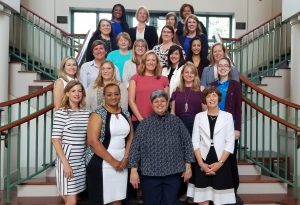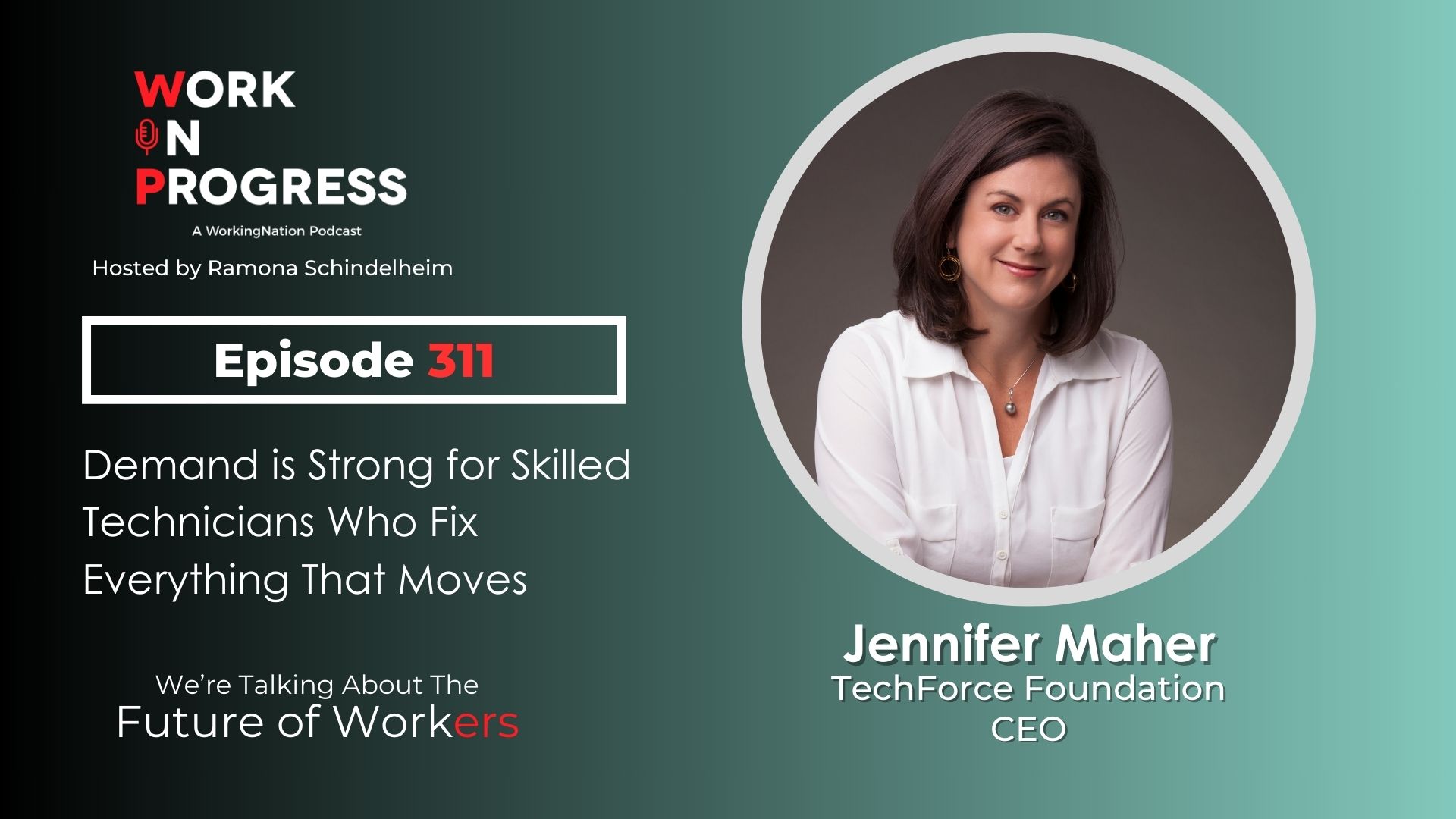“I say the ideal worker in manufacturing is always thought of as being male. Women in much less numbers and not so much in senior leadership. We’re beginning to see some changes, of course, but it’s still been very slow.” That comes from Diana Bilimoira, Ph.D. She is the KeyBank professor and chair of organizational behavior at the Weatherhead School of Management at Case Western Reserve University.
“Only about 29 or 30 percent of the total workforce in manufacturing is women and the remaining 71 percent are men. In the senior leadership of our top manufacturing companies, whether it be durable goods or non-durable goods manufacturing, it’s very, very small numbers of women who are in senior management and minuscule numbers at the CEO level.”
Bilimoria acknowledges moving a new generation of young women into manufacturing has its challenges in recruitment. She says companies have to connect to engineering schools, science and technology programs, and also build pipelines to internships and co-op opportunities for early-career talent. Bilimoria says, internally, companies need to address retention challenges. “I think that employers need to do as much as they can to create programs within the company, including mentoring programs, sponsorship programs, or encourage participation in networks of women in manufacturing.”

In 2014, Weatherhead established a leadership program for women in manufacturing. Now partnered with the Women in Manufacturing Association, the school runs the Leadership Institute for Women in STEM and Manufacturing.
Says Bilimoria, “The goals of the program were, and still are, to develop women as leaders in the STEM and manufacturing workplace, to not just enable women to achieve, but to thrive.”
The program is broken into two sessions – each about three days long. Between sessions, participants complete assignments, receive peer and professional coaching, and receive feedback on their leadership competencies. To date, the program has had 168 participants. The participants’ years of previous manufacturing industry experience has ranged from five to 30 years.
Bilimoria says, “The full value and contributions of women can drive the economic and business success of manufacturing and STEM workplaces and organizations.” She adds it’s not just about advancing women. “It’s about utilizing the core contributions that the unique and distinctive perspectives of women bring to serve the organizations.”
Bilimoria expands on those perspectives. “There are many different skills. A preference for collaboration or preference for inclusion. Awareness about the needs of others, their empathy with those who may not have as much privilege. A view of the corporation as a member of a community and as society. I don’t subscribe to the notion that men don’t bring those skills. Of course, they do. But women distinctively bring these perspectives.”
She adds, “They bring a tremendous knowledge base of the technologies, the methodologies, and the functional skills. They’re on the cutting edge of taking a team to innovation. And they can provide the leadership that is needed in order to harness the best skills of everyone to do that.”
Bilimoria says participants find the program to be transformational. “We want them to internalize a new identity as a leader. And that identity comes with clarification of your values, your vision, receiving feedback about your behaviors and your competencies, receiving mentorship advice from other role models.”

“They begin to see themselves—not as just supervisors or as managers—but they see themselves as leaders with a sense of what the vision is where they want to take their teams, to expand the influence they have in the organization to increase the visibility, and to give more value from their work as leaders of their teams.”
Bilimoria says companies typically fund the employee’s participation in the Leadership Institute. “It’s seen by companies as a retention tool for women because it gives these women the opportunities to develop and grow. For many, many companies, there are many benefits. They’re able to make an investment in their talent, able to identify strong candidates for advancement opportunities.”
She notes it’s also important for these women as leaders to acknowledge lifelong learning as a fundamental construct. “Build a culture of lifelong learning as a leader who models that, as well as a leader who includes other people, and helps to grow and develop the talent around you.”
“We talk about how to create a workplace where everyone can succeed and thrive. We ask our participants to take on that role, not just for their own advancement, but to see themselves as transformational agents of change.”
Bilimoria says it’s very exciting to track the progress of members of past cohorts. “One woman was part of a family business. She was a family member of the family business. They turned to her and asked her to be the CEO or the president of that company. Whereas, previously she was not. They asked her to take leadership in that. She said it was, in part, because she was behaving in a more leader-like way since her participation in the program.”
“These stories are very powerful,” says Bilimoria.
The next Leadership cohort starts in March 2021, hopefully in-person. But Bilimoria says the program will run regardless—virtually, if necessary.











